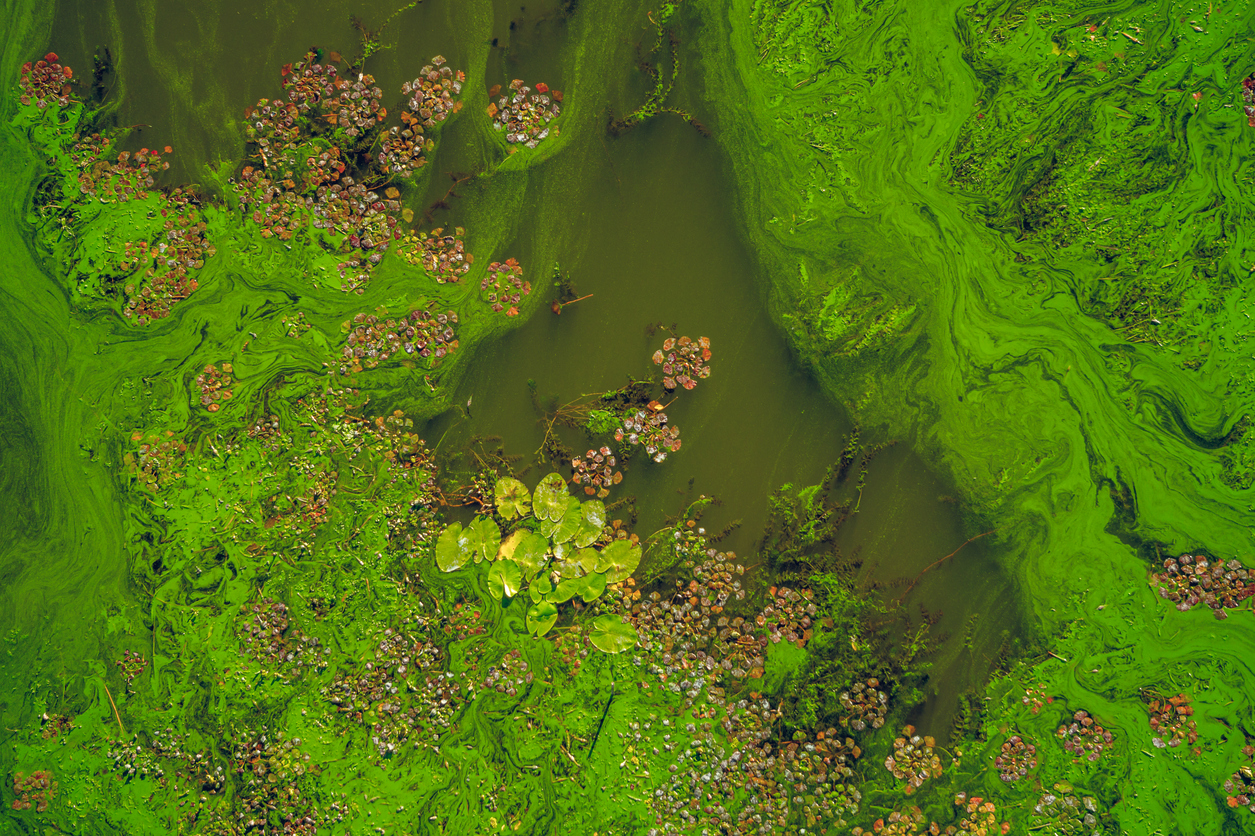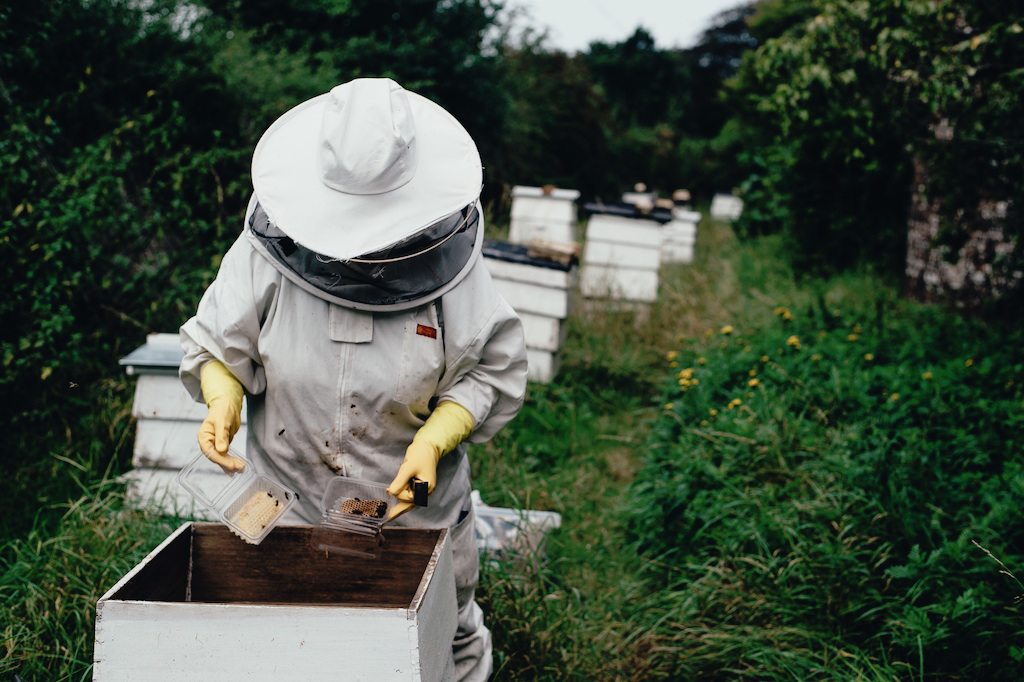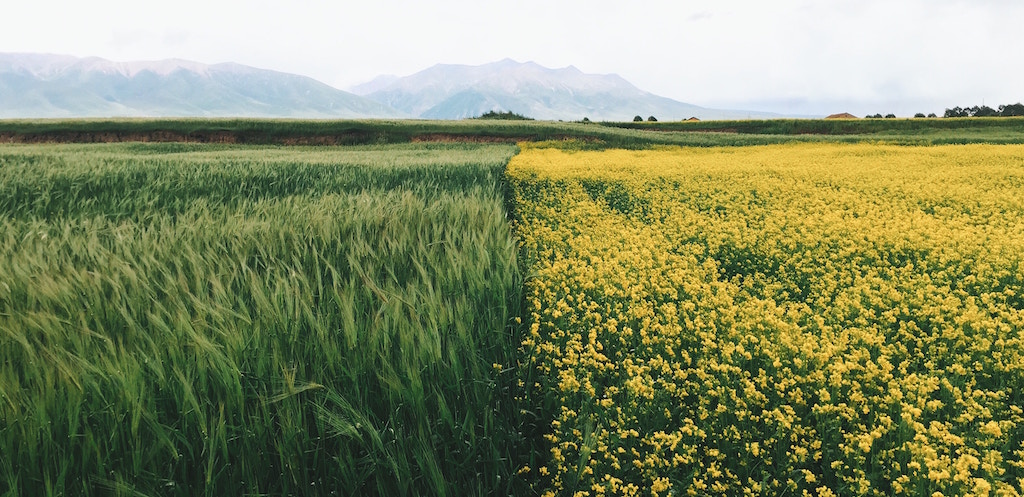
iStock / Konoplytska
In March, Ohio Governor John Kasich made an unprecedented declaration: A 60-mile stretch of Lake Erie between Toledo and Marblehead was officially “impaired.” The governor’s decision was a response to the seasonal toxic algal blooms that have impacted the area for years, disrupting recreational fishing and even prompting the city of Toledo to advise its citizens against drinking their tap water for a few days in the summer of 2014.
The blooms, which blanket the lake in summertime months, occur when blue-green algae grows on the surface of the water. They can suffocate fish, scare off recreational fishermen, and, when toxic, seriously threaten the health of people and their pets. A report released Tuesday morning by the Environmental Working Group shows that toxic algal blooms have grown more frequent across the country in recent years. In 2010, only three were reported. In 2015, that number rose to 15. By 2016, 51 algal blooms were spotted in lakes across the United States. And in 2017, that number more than tripled to 169.
Though the pollution that causes them comes from a variety of sources, there’s a pretty strong consensus that algal blooms are primarily the result of runoff from nearby farms. That’s why it’s so hard to stop them from happening: While it’s relatively easy to locate and fine a factory that dumps chemicals into a river, tracing fertilizer pollution upstream to a single farm is practically impossible. There’s just no easy way to tell whose chemicals are washing off their crop fields due to rain and erosion. So when it comes time to pay for the damages, the burden falls primarily on the water utilities who have to filter polluted water.
“There are rarely any fines when algae blooms occur,” says Anne Weir Schechinger, senior economic analyst for the Environmental Working Group, in an email. “The majority of algae blooms are caused by agricultural pollution, and farmers aren’t held accountable for the pollution they put into the water.”
In early May, Toledo Mayor Wade Kapszukiewicz blamed the agricultural lobby for the state’s lack of progress on farm pollution control. “We live in a state where our legislature is a wholly owned subsidiary of the farm bureau,” he said, while speaking at an algae conference in Ann Arbor, Michigan, according to the Toledo Blade. “I’m sorry, but it’s true.”
Still, this incentives-based approach hasn’t yet proven successful, and in the absence of more robust federal guidelines, some states have started mandating conservation measures on farms. “One good rule is in Minnesota—the state government requires farms that are on public waterways to plant perennial vegetation buffers between farm fields and waterbodies to reduce runoff from entering water,” Schechinger says. “Vegetative buffers, cover crops, and grass waterways are all good farming techniques that can prevent and reduce runoff.”
Meanwhile, algal bloom season starts soon. Next time you’re tempted to tell Environmental Protection Agency Administrator Scott Pruitt to go jump in a lake (this is the man who sees the Clean Water Act as a threat to private property owners), make sure it’s a green one.










